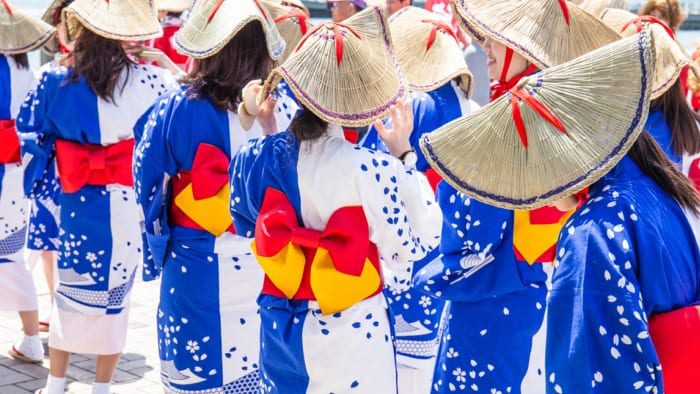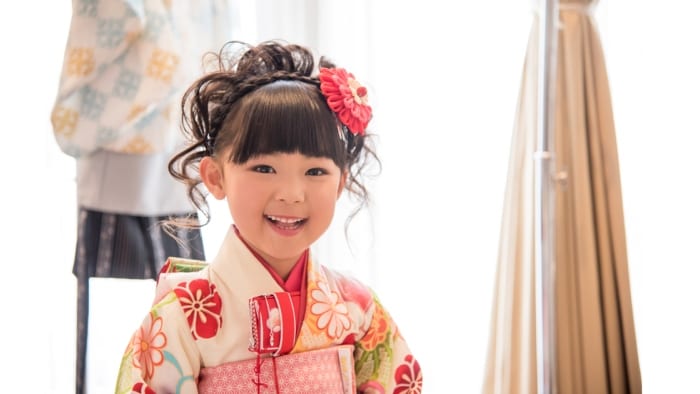Traditional Japanese clothing, much like attire in other parts of the world, changes with the seasons and varies based on the type of event. Let’s explore the most common types of traditional clothing and when they are typically worn.
Seasonal Choices
In spring, traditional clothing leans towards bright colors and floral patterns. During fall, the colors are more subdued, often featuring chrysanthemums or maple leaves. In winter, designs may include bamboo, pine trees, and plum trees, symbolizing good luck. The fabric of the clothing also changes with the season. Light cotton kimonos are favored during the summer, while thicker, lined kimonos are preferred in colder months. If you have any questions about our selection of kimonos, feel free to email us here!
Event Choices
Similar to how an American woman wouldn’t wear a sundress to a black-tie event, traditional Japanese clothing also depends on the occasion. Formal clothing is typically more ornate and made from thicker, higher-quality materials.
Types of Traditional Japanese Clothing
-
Kimono: The most fundamental article of Japanese clothing, characterized by its long robe with wide sleeves, tied with a sash.
-
Yukata: A casual, cotton kimono-style garment worn during the summer months, generally unlined, and suitable for both men and women.
-
Uchikake: The most formal kimono style, an unbelted outer robe traditionally worn by women of noble status. Today, it is often seen on brides or stage performers and is designed to trail along the floor, typically featuring vibrant colors.
-
Shiro-maku (meaning pure white): This is the traditional wedding kimono, most commonly in white. The shiro-maku is worn during the wedding ceremony, and a decorated Uchikake is worn over it during the reception.
-
Nagajugan (also called Nagajuban): Similar to a kimono, this garment is worn as an undergarment by both men and women. It often comes with detachable collars and can be changed to match the outer garment.
-
Haori: A mid-length kimono jacket worn by both men and women, traditionally reserved for more formal occasions.
-
Obi: The sash worn with a kimono, often intricately tied.
-
Michiyuki: A traditional kimono-shaped Japanese overcoat, often adorned with ornate designs and patterns.
-
Hakama: Traditional pants worn over a kimono. Originally, only men wore hakama, but now they are worn by both genders. A looser style is favored by field workers.
Japanese traditional clothing offers a rich variety of styles and symbols, reflecting the cultural significance and attention to detail in each garment.




